
|
|
|
STEM Night at Windsor Mill Middle School was a resounding success this year. Just like every other year. Organized by Science Department Chair, Anu Bajpai, and 6th Grade Science Teacher and Team Leader, Katie Dell, the evening offered students and families an abundance of science and math related activities. Guests could make ice cream in the science lab, personalized ‘zines in the makerspace room, or living seed necklaces. The WMMS greater community also played a huge role in the evening. The gymnasium was a future scientist’s dream. Students and parents tested their driving skills with the P13 Robots and UMBC’s Baja race cars, or their flying skills with WMMS drones. And the pièce de resistance? An inflatable planetarium hosted by Dr. Storrs courtesy of Towson University. Eighth-grade Science Teacher, Josh Foorhogue, said the WMMS STEM Fair “allows students to interact with professionals who are currently working in STEM careers and high-school students who are pursuing STEM careers. Students can see that a career in STEM is a real possibility.”
0 Comments
Church Lane Elementary (CLETS) students in grades four and five participated in the Maryland M.E.S.A. (Mathematics Engineering Science Achievement) program for the first time during the 2016-2017 school year. M.E.S.A. is a structured, after school, pre-college program designed to prepare students for academic and professional careers in a STEM field. The twenty-five students that participated, worked collaboratively on various engineering project and science research projects. The students faithfully met every Wednesday after school and worked on a number of hands on learning tasks in addition to meaningfully using technology in order to complete the tasks at hand. M.E.S.A provides an opportunity for students to interact with various professionals in STEM related fields to discuss their profession, educational pursuits, and other opportunities that are available to students. CLETS students had an opportunity to meet with midshipmen from the Unites States Naval Academy and personnel from the Johns Hopkins Applied Physics Lab (JHU Applied Physics Lab) on a field trip in October 2016. The JHU Applied Physics Lab is also, the main sponsor of Maryland MESA. In March 2017, CLETS students then participated in Regional MESA Day at the University of Maryland Baltimore County (UMBC) to compete with other MESA teams throughout Baltimore County Public Schools (BCPS). The students worked on projects prior to MESA Day for the various challenges. The students were divided into four teams: Cyber Security, Storybook Theme Park Ride, Effective Communication, and Wood Bridge Challenge. All of the aforementioned challenges are designed using Next Generation Science Standards. The Cyber Security Awareness Challenge, the students use Scratch program (developed by the Massachusetts Institute of Technology) which is an introductory teaching tool for computer programming. Scratch makes it easy for students to create and share interactive stories, animations, games, music, and art, via the Scratch website. Students use scratch in order to create a game with the theme of their choosing to create awareness to Cyber Safety. By creating Scratch projects, students will learn important problem-solving skills as well. The Story book Theme Park Ride Challenge is to expose students to the engineering process through the design and construction of a functional model theme park ride based on a storybook of the team’s choosing. The ride had to be designed to safely carry one golf ball, two Ping-Pong balls, and a standard-sized marshmallow through two consecutive test runs. The Effective Communication: Advocacy for Social Concern is a presentation competition for elementary school student teams of four to eight students each. Each team created a compelling public service announcement (PSA) to raise awareness and present a recommended action in response to a global, national, or local issue of concern. The Wood Bridge Challenge is to engage students in the engineering and design process through the construction of a wood bridge, were assessed for its strength-to weight ratio (efficiency). Constructed bridges were to be simplified versions of real world bridges, which are designed to accept a load in virtually any position and support that load without failure/collapse. In this challenge, only one loading position (the center position) was tested. Although the students didn’t place in the categories, they were encouraged about the possibilities of next year’s challenge. The students enjoyed interacting with other teams and learning from their peers.
Participating in Maryland MESA has sparked student interest in STEM related fields. As a result, it has transferred into their classroom learning behaviors through problems solving and inquiry. I am excited to see the changes in these students and anticipate great things for them in the Maryland MESA program. If you are interested in this program for your school please go to the following website for more information: https://secwww.jhuapl.edu/mesa Science, Technology, Engineering, Arts, and Math all come together at Rodgers Forge Elementary every day, but on Tuesday, March 21st these five areas of the curriculum were specially showcased in the school’s third annual STEAM Night. This well-attended event was an evening of fun and excitement for students, parents, and teachers alike. Activities included pendulum and catapult painting, coding, origami, and even a cool paper flashlight making activity provided by the Digital Harbor Foundation. Student volunteers working the event exhibited their musical talents through a coffeehouse setting, answered questions about their STEM Fair projects, displayed their art bots, and shared their SafeRacer vehicles. Special thanks goes to HotSpots and the Education Foundation for funding a $3,000 enrichment grant that allowed us to purchase materials for our school makerspace as well as for the event. The school was able to purchase LittleBits and 3Doodler Pens for student use. The STEAM Night committee at Rodgers Forge will reflect on the successes of the night, as they begin planning even more exciting events to include next year!
 Carly Yeagle, seventh grader at Ridgely Middle School, recently completes an assignment in her science class worth bragging about. The project is the Living Environment Project. Students create presentations that detail the behavioral patterns and internal and external features of an organism, plant or animal. Carly selected the Toucan. “Mrs. Houchens gave our class a choice in how to present our information. I chose to create a pamphlet, but we could have chosen to create a poster or use any other approved format.” (Science teacher Mrs. Rounsaville-Houchens knows the rewards that come with allowing some student choice.) The project gets graded on criteria such as accuracy of information, images, and correctly-cited sources, both print and database sources. Carly explains that this assignment taught her a lot of things, including “to learn how systems, such as digestive, circulatory, respiratory, etc. help the organism carry out life functions.” Mrs. Rounsaville-Houchens carefully plans this project to scaffold the information needed to fulfill the requirements. Students spend some time in the library to review the use of Destiny in order to search for print materials. Also, the library media specialist, Mrs. Cook, demonstrates the process of citing sources, using a user-friendly digital tool Easy Bib. Mrs. Cook also reviews the databases available to students in the BCPS One portal. Last, she shows students how to locate brochure templates in the most recent Microsoft applications. “Our laptops add a lot of options for us when we have assignments like this.” Carly said. The device provides accessibility to a number of resources, something some students have never had. Research is conducted, sometimes, from the comfort of their own homes, allowing students to demonstrate knowledge in a variety of ways. Carly says, “I really like using OneDrive, too, because I can work on my assignments at school or at home, and it always saves my work, even if my device dies or I forget to click save.” I wanted to provide students with a means of individualized instruction where I could be a facilitator to each student, but all at the same time. By making my instruction more accessible through the use of the Office Mix add-on in Power Point, I feel I can meet the needs of all students and by engaging them in the instructional process.
The students began this lesson with an exploration activity about acceleration and velocity. As they completed the assignment, students were asked to combine their conceptual knowledge with mathematical modeling, so they watched and listened to the Office Mix (narrated with screen shots) Power Point to review these concepts. Students who needed more help had access to additional resources, and students who understood the ideas could skip on ahead. Based on the data provided through questions answered by students using Kahoot, I divided students into small groups. One group worked with me while the other students engaged in resources from a list I provided based on their learning needs (Brain Pop w/ questions, Discovery Ed video w/ questions, or BBC interactive w/ questions). For their assessment, students had to apply and explain these concepts in a real world scenario. Use of these tech resources, especially the Office Mix Power Point, promoted cognitive engagement as all students were getting what they needed, and I wasn’t holding anyone back as they were working at their own pace. Submitted by Sydney Paules Grade 7 Student, Pikesville Middle School It has been over a year since I wrote my first reflection. A lot of things have changed with our computers because this is the second year my school has been a light house school, and I am now in the 7th grade. In science we use OneNote. OneNote is a computer program where notes and files can be shared with other users. My science teacher, Mr. Novak, also uses a tool called Office Mix Power Point. This is how he can guide us by recording himself giving instructions on his Power Points that we can download to really walk us through the material. In engineering we are not on our computers a lot. We are more into making and doing. We have built and soldered circuits, and have made skimmers. We do a lot of hands on work in this class. In math we use an online text book to do our homework so that we have instructions and questions right in front of us. We also use Khan Math Academy videos. This tool is used for when someone doesn’t understand a concept, so we have someone on our screens to explain it in more detail. In my social studies class we use the Discovery Education Social Studies Tech Book. It is also an online text book but it gives us resources like pictures, interactive maps, and videos. In general, most of my work documents are on the computer, and my classmates and I do work digitally. We use turn-ins on BCPS One to send the teacher our work. We use test and quizzes to take tests online which sometimes even grades the tests instantly. This year is really flying by-- I can’t wait to see what else we are going to do!
Students at Pikesville High School discuss how being a Lighthouse School has impacted their AP computer science course.
Budding scientists at Windsor Mill Middle School got down and dirty this spring in Josh Foorhogue’s 8th grade GT Science class. Foorhogue provided students with materials, a budget, and a lumpy mixture of gravel, water, dirt, and coffee grinds; their task was to develop a filtration system based on percolation and infiltration to improve water turbidity, so they could fully understand the engineering-design process. Students tested their designs in stages, tweaking and reworking their plans. On the Prototype-Test Day, each student team ran the sludgy mixture through their filtration system and recorded the time of filtration and the turbidity, and evaluated the prototype’s practicality and cost. Collected data was compared to determine the most effective system. A significant engineering and life-lesson takeaway from the process surprised the class: elaborate systems might work well, but they won’t fly in the real world if they break the budget.
The Mobile Mining Experience came to Sparrows Point Middle School on March 22nd and 23rd to show students The Rock Cycle, which ties directly into the 7th grade unit “Digging into the Earth’s Past.” In this unit, students have been learning about fossils and the rock cycle. The Mobile Mining Experience brought all types of rocks and petrified wood to show students. During the presentation, the presenter stopped for questions where students had a chance to win different rock prizes. After the presentation, students got a chance to crack their own Trancas Geodes from Chihuahua, Mexico. Students were so excited about their geodes that they were taking selfies with them! At the end, if the students could answer a question from the presentation, they earned a piece of petrified wood. It was an exciting experience for all involved. Andrew Funari said, “It was a cool way to see the rock cycle, and I enjoyed how they were interactive with our class.” Haillie Browne added, “I thought the Mobile Mining Experience was really interesting because I got to learn while having fun.” With the new and reinforced knowledge from the speakers, students went outside and explored what types of rocks were most common at SPMS based on the geographical location. Students worked together to make predictions, search for evidence, and reevaluate their predictions to collaboratively come up with the correct answer. Submitted by Stacy Siegel Reading Specialist, Fort Garrison Elementary Third grade students at Fort Garrison Elementary worked with art teacher Grace Hulse and media specialist Lindsay O’Donnell to build a unique structure on their school grounds. Each student selected an insect that is native to Maryland and using their devices completed research about their insects. The students identified what their insect does over the winter: lay eggs and die, hibernate, nest, or migrate. For nesting and hibernating insects the students constructed a “bug hotel” to provide a welcoming place to spend the cold winter months. The hotel, created from natural materials provides shelter for pollinators and pest controllers. The FGES hotel was built by stacking pallets and bricks to make a three story structure. Students brought in plastic two liter bottles, bamboo stalks, clay pots, and twigs from home. Additional materials (pine cones, leaves, bark) were collected on the school grounds and nature trail. Students sorted materials and arranged them in plastic bottles, cigar boxes, and bundles. The various containers were aesthetically arranged on the pallets. The hotel was topped off with potted plants and a sign to welcome visitors!
|
AuthorsReflections from teachers, administrators, and students at the Lighthouse Schools. Categories
All
Archives
June 2018
|
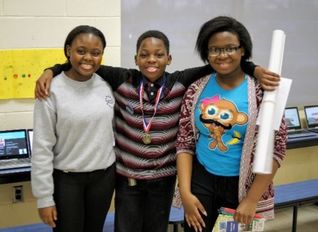

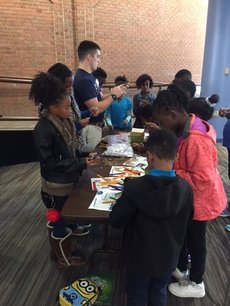
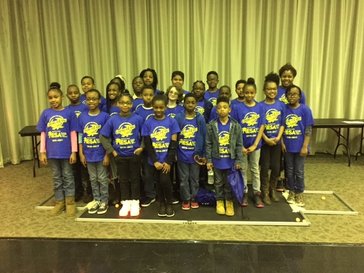


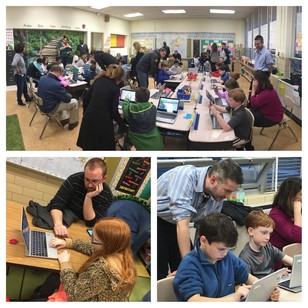

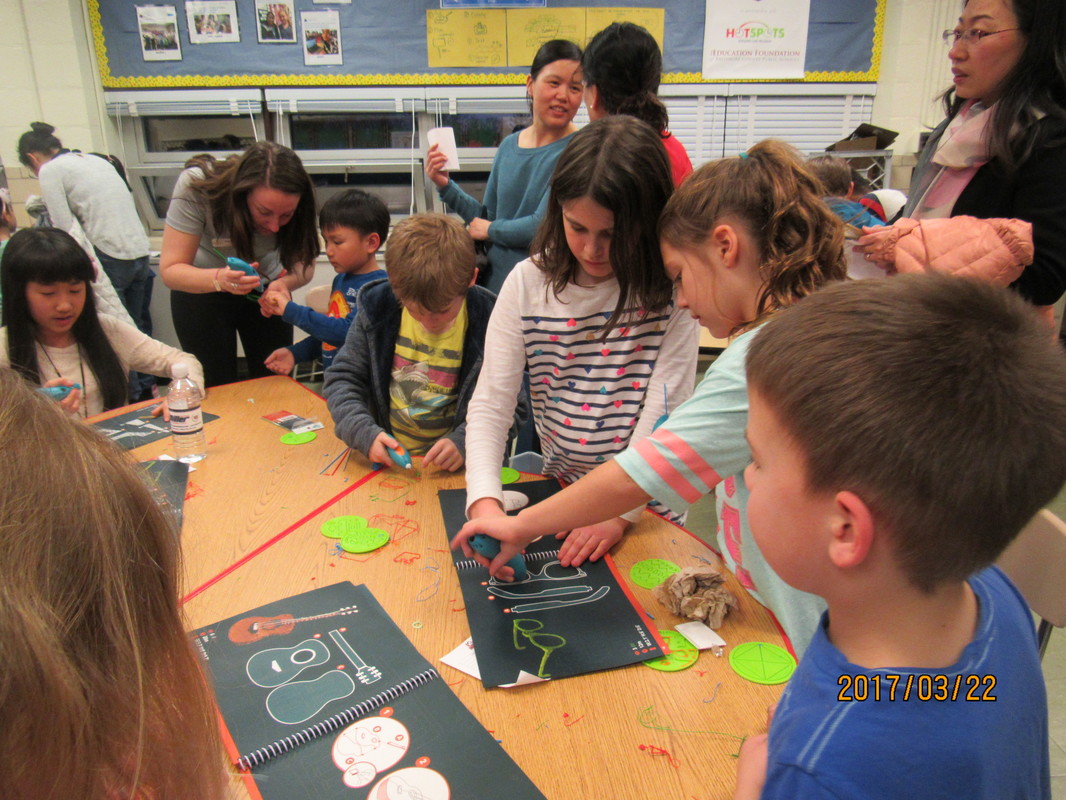
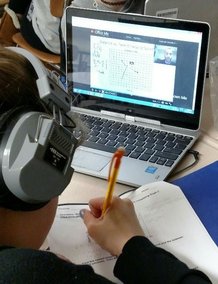
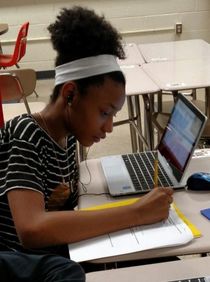
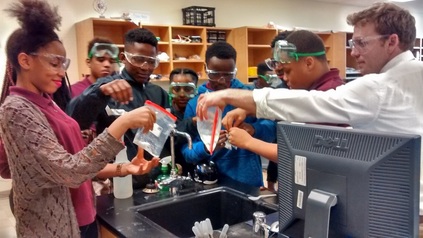
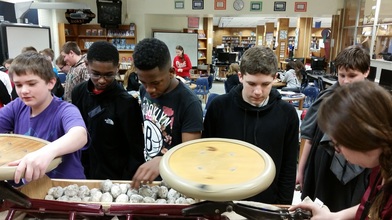
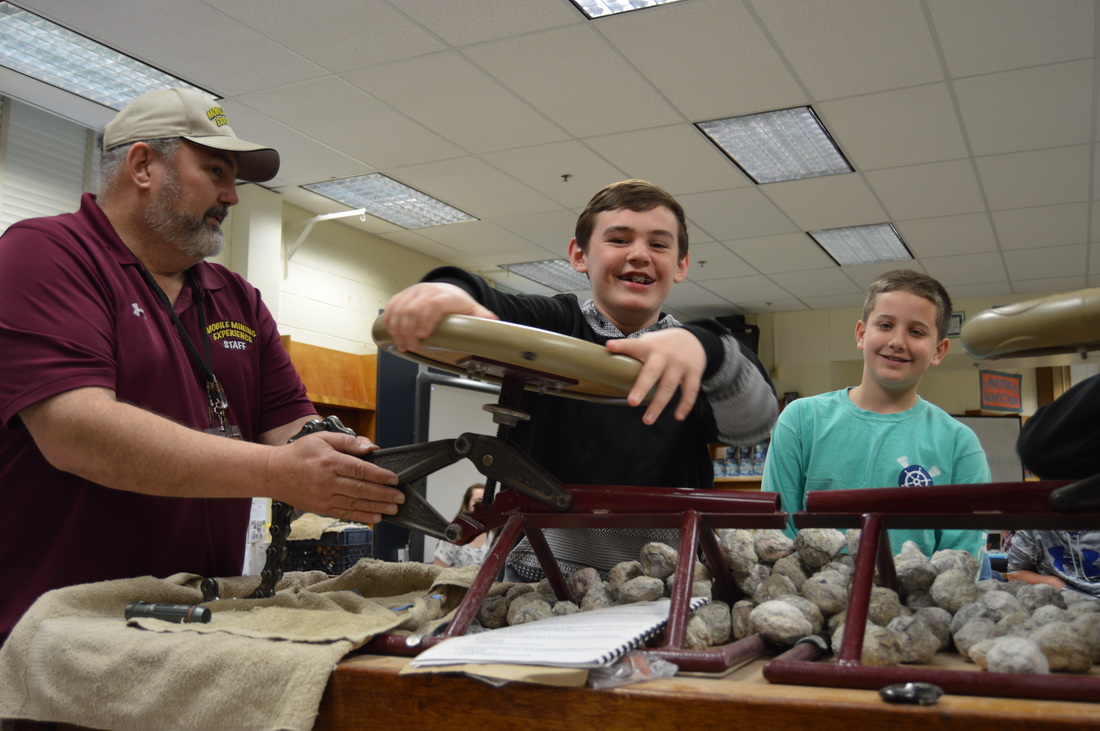
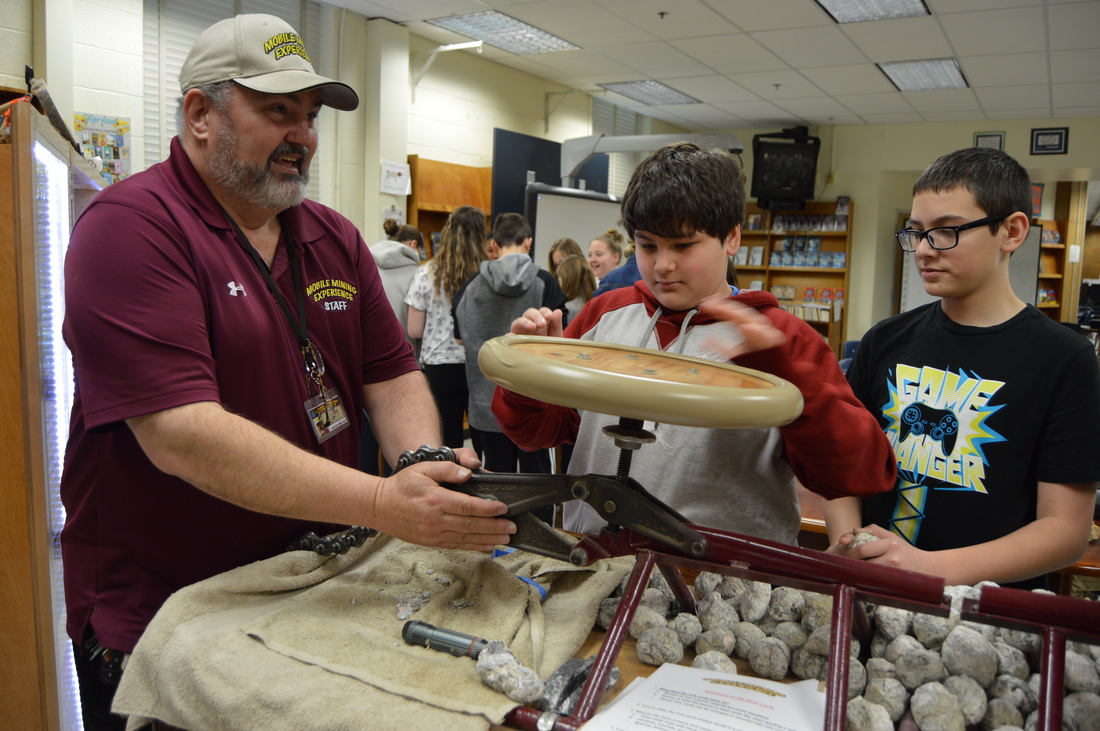


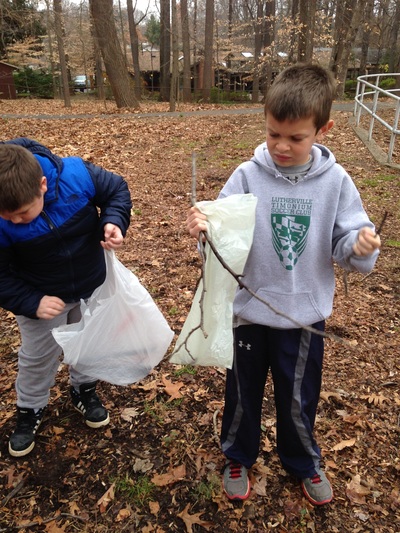
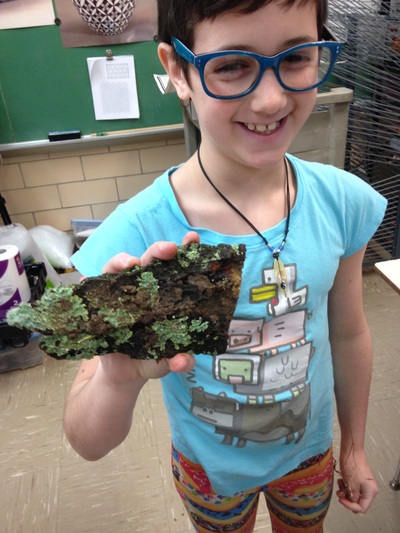


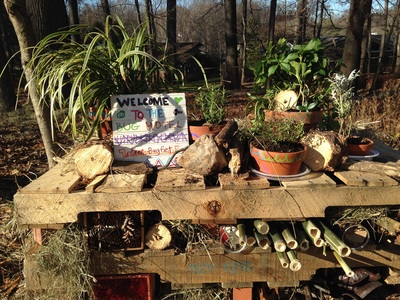
 RSS Feed
RSS Feed
